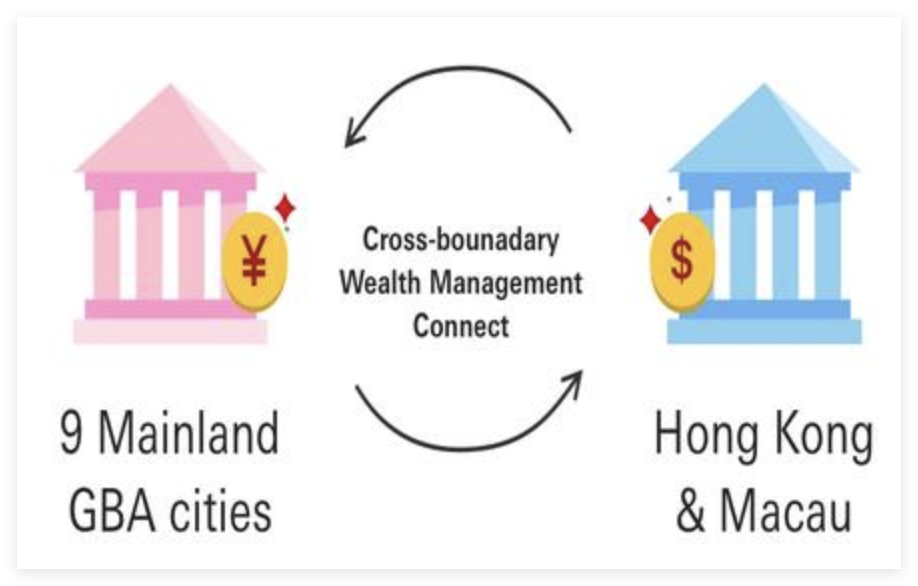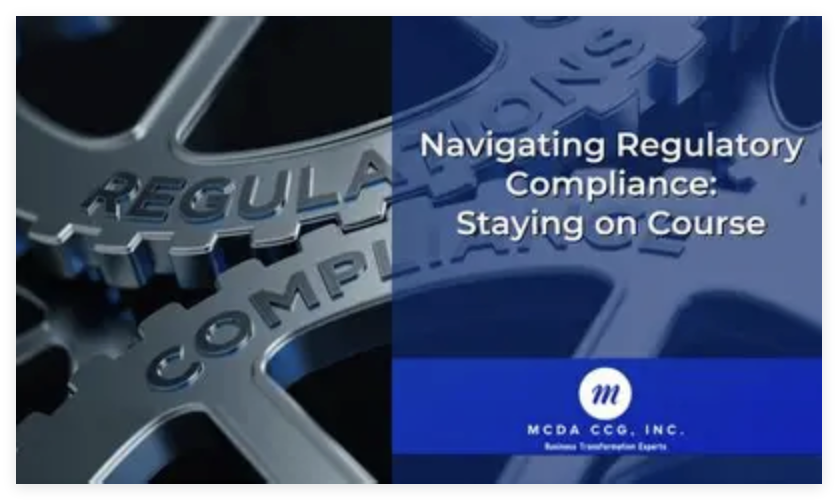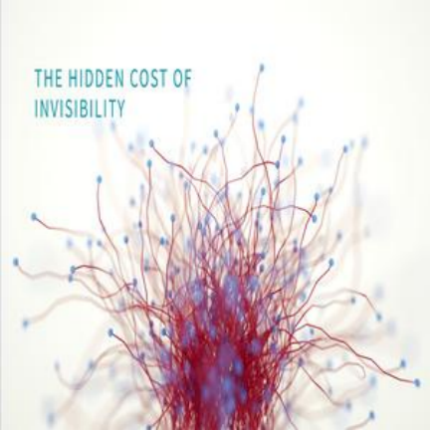For individuals with substantial wealth aiming to broaden their investment opportunities, engaging in global investments has transitioned from a choice to a necessity. This approach does more than just diversify holdings; it reveals exclusive assets and avenues for growth that are not found within domestic markets, mandating a careful strategy to balance potential rewards with associated risks.

Thematic Investing Across Borders
Rather than sticking to wide regional investments, concentrate on international thematic movements such as renewable energy technology in Scandinavia, biotechnology advancements in Singapore, or luxury brands in Italy. These specific themes leverage local expertise and growth prospects, for instance, investing in Finnish companies focused on clean technology or Italian startups tied to luxury heritage for more directed returns.

It is essential to confirm the sustainability of themes by associating them with overarching structural trends—such as the increasing need for biotech due to an aging demographic or the shift towards renewable energy driven by worldwide decarbonization efforts. Expanding investments across different regions within the same theme, such as combining Scandinavian renewable sources with American clean energy companies, also reduces risks associated with relying on one market while maintaining connection to the principal growth catalyst.
Alternative Assets: Beyond Stocks and Bonds
Investing in overseas alternative assets presents unrecognized potential. Explore European historic properties that benefit from cultural conservation incentives, sustainable agriculture initiatives in the Caribbean, or art investment funds from Asia. Such assets frequently demonstrate minimal correlation with conventional markets, serving as a protective measure while paving distinct pathways for appreciation.
Navigating Regulatory Synergies
Utilize bilateral investment treaties and regional legal structures. An example is investing in free zones in the UAE, which offers tax benefits and rights for repatriating profits, while the EU passporting system enables access to pan-European funds with just one regulatory approval. Knowing these synergies reduces compliance hurdles and enhances adaptability.

Moreover, conforming to global standards—like OECD principles or ESG reporting structures—can facilitate regulatory consistency across countries. For example, businesses that follow EU SFDR standards might experience easier access to markets in other areas that acknowledge these sustainability criteria, transforming adherence into a strategic asset to foster trust and broaden their market presence effectively.
Currency Overlay Strategies
Don't merely tolerate currency risks — take steps to manage them actively. Employ currency overlay strategies such as forward contracts or options to protect against fluctuations, while also willingly investing in undervalued currencies. For example, putting funds towards assets that are priced in stable emerging market currencies with strong growth prospects may enhance returns.
Synchronize your wealth objectives with your values via international impact investing. This could involve funding African microfinance networks that support female entrepreneurs or backing reforestation initiatives in Latin America that offer carbon credit benefits. Such investments not only result in societal benefits but also yield financial returns, appealing to high-net-worth individuals with a sense of purpose.
Partnering with Local Experts
Forming alliances with local experts is vital for achieving success. Work alongside on-the-ground advisors who are attuned to cultural subtleties, potential regulatory challenges, and hidden market opportunities. For instance, a local advisor in Singapore can pinpoint promising startups in the tech sector before they make their way to global markets, providing a significant advantage to early investors.




